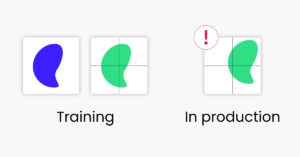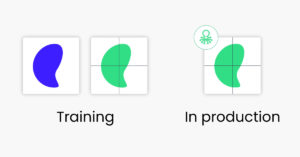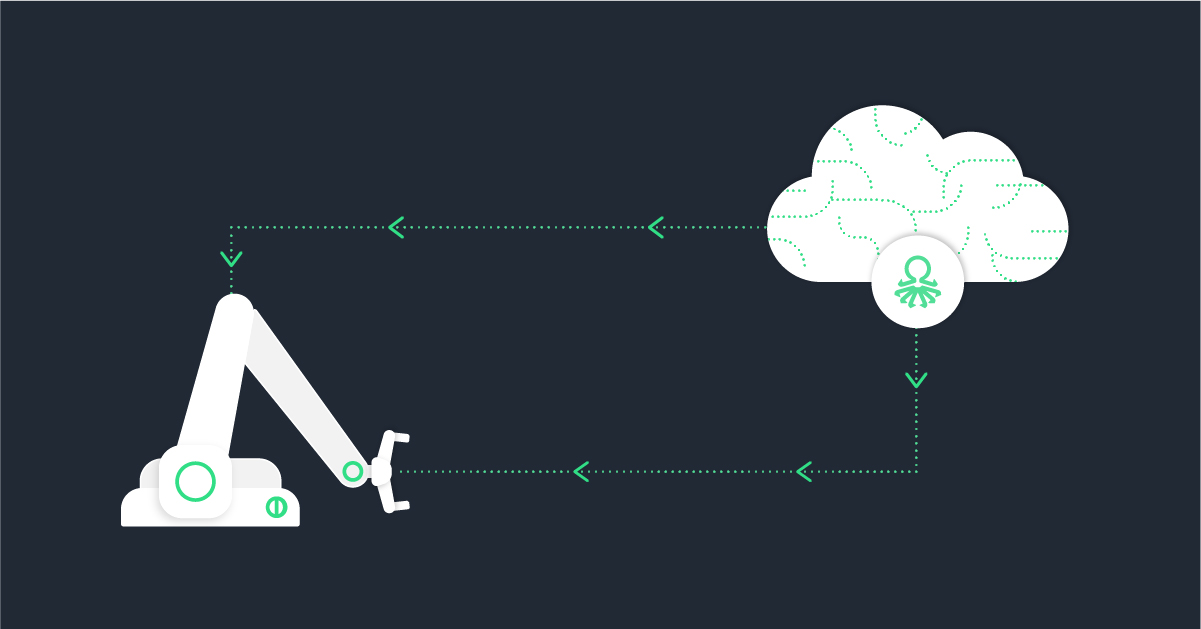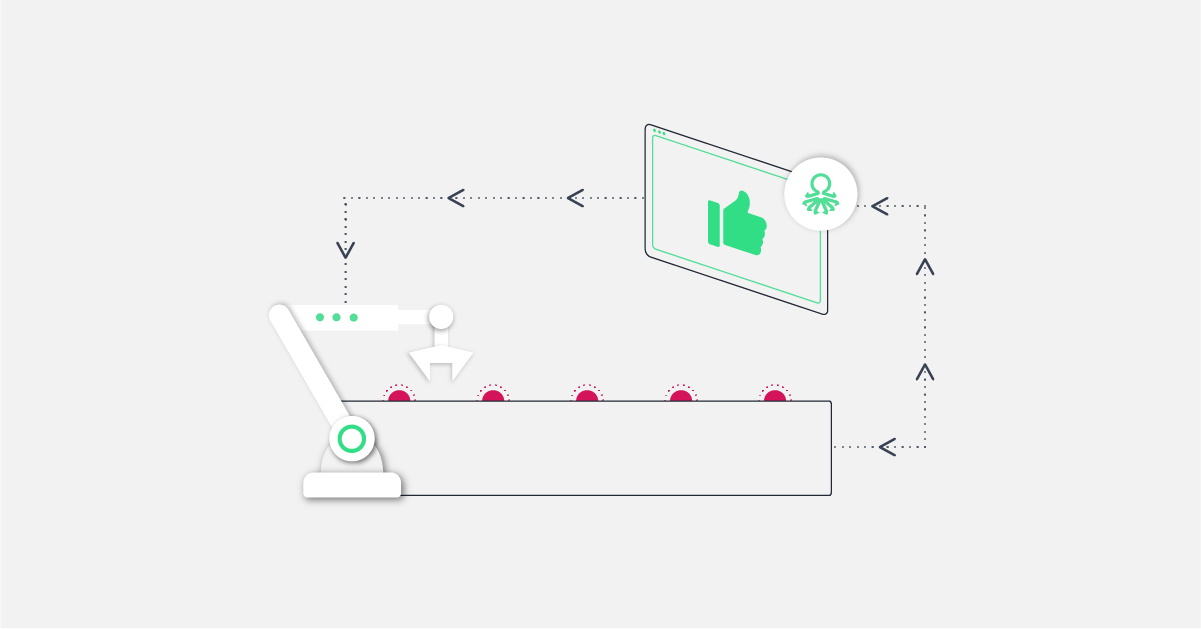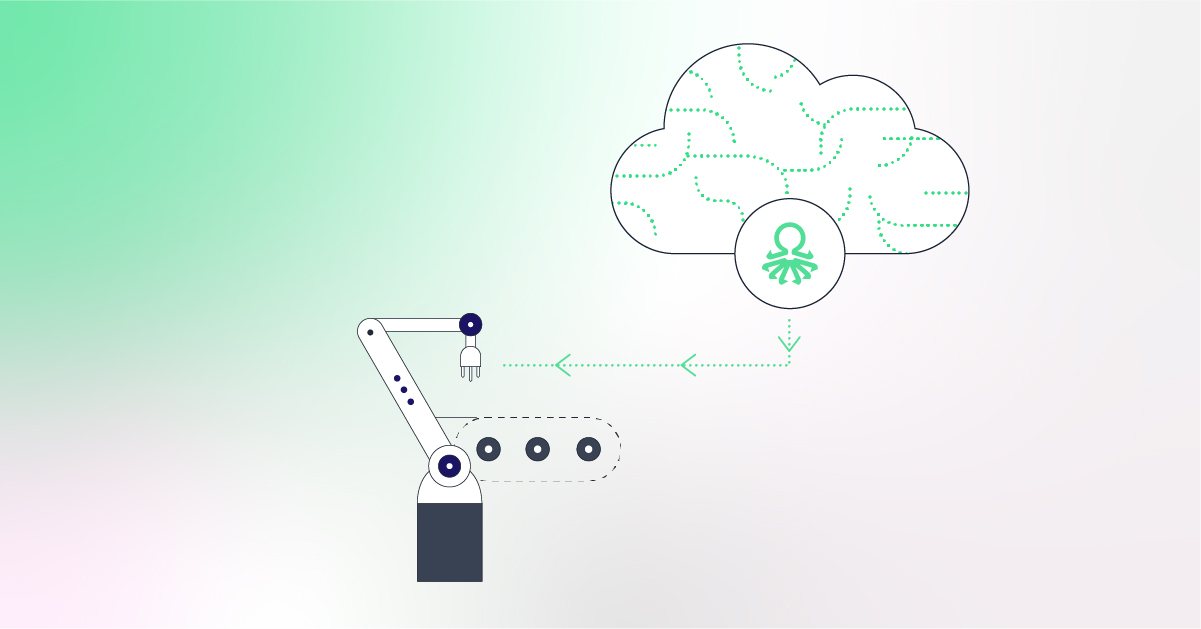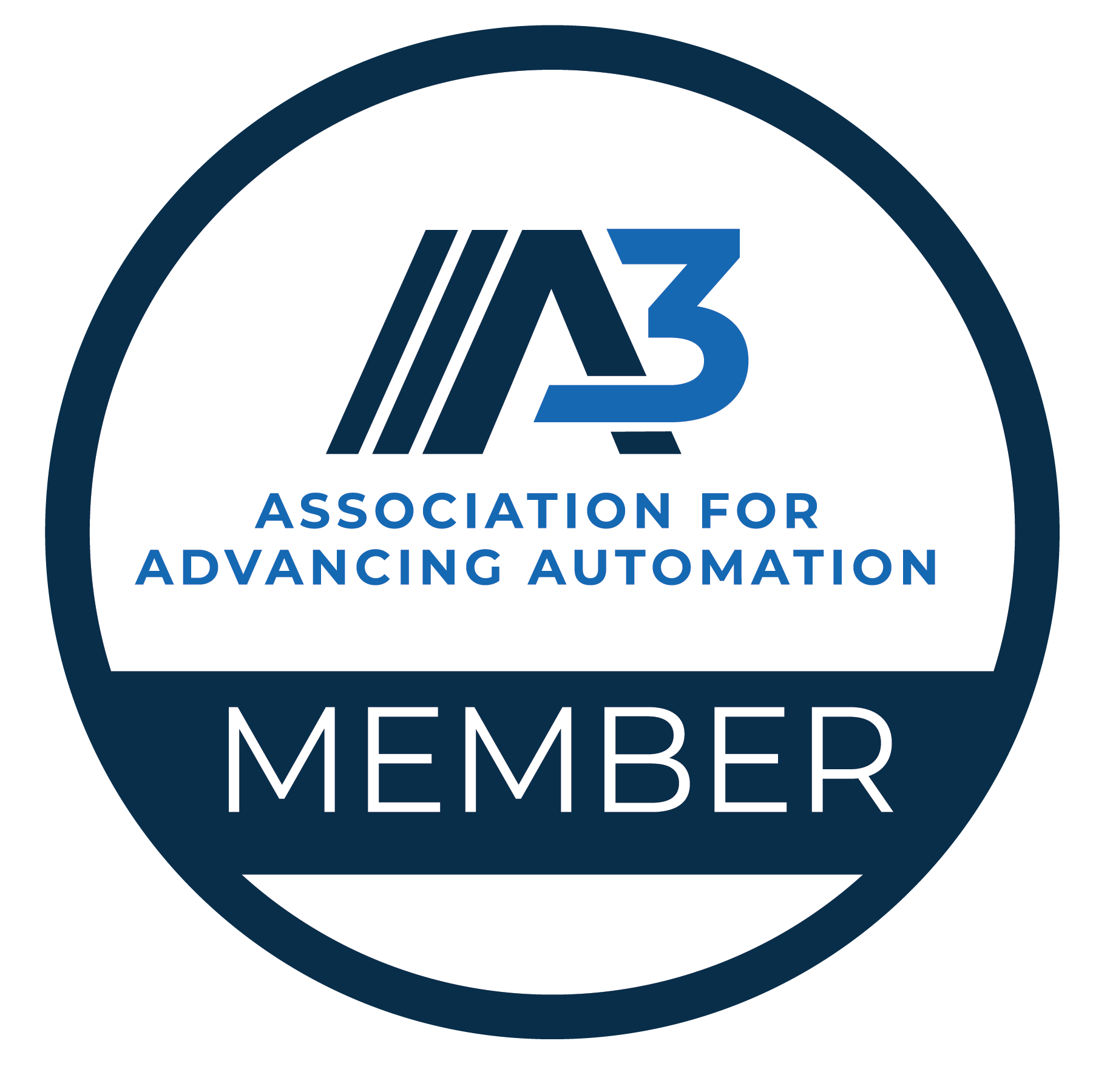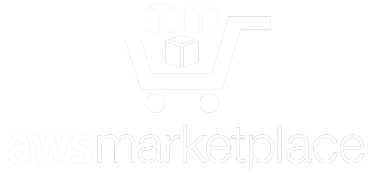Introduction
There’s a lot of excitement around the potential of AI to transform manufacturing. And that’s because it can improve efficiency, optimize processes, and even lower costs. But there’s also a lot of hype and misinformation about how it works and what AI can do.
In this article, we’ll look at why context is king when it comes to AI for manufacturing, why things can go wrong when your AI isn’t tailored to the context in which it operates, and how manufacturers can mitigate their risk while taking advantage of this emerging technology.
There’s a lot of excitement around the potential of AI to transform manufacturing.
There’s a lot of excitement around the potential of AI to transform manufacturing. But what exactly is AI, and why does it matter for manufacturers?
AI is a buzzword that is often misunderstood. AI stands for artificial intelligence and refers to computer systems exhibiting behavior that mimics the intelligent behavior performed by humans. While there are many subsets of artificial intelligence (including machine learning), we’ll focus here on how artificial intelligence broadly relates to manufacturing processes.
Data science can solve many different varieties of problems; however, manufacturing companies are currently using AI primarily as an optimization tool within their operations or supply chains. They’re not using it as a way to create new products or services but instead as a method for managing existing ones more efficiently and effectively through better information processing capabilities that exceed the abilities of humans alone.
The benefits of AI depend on the problem.
One of AI’s most common uses in manufacturing is optimizing production. This can be accomplished by using data from sensors and other sources to create more efficient processes that consider factors such as time of day or weather conditions. For example, a company might use AI to use visual inspection images to detect unknown defects or even predict downstream faults in the products. As another example, a company could use machine learning algorithms to predict the quality of a manufactured product before reaching the end of the production line—reducing manufacturing costs, waste, and improving cycle times.
Things can go wrong when AI is not tailored to the context in which it operates.
Within the scope of industrial manufacturing – What is context?
Put simply; context is a model’s ability to adapt and adjust its quality determinations based on possible environmental changes.
For example, if the lightbulb on the ceiling above the quality control station goes out, the model might suddenly find units with shading that it does not recognize. Since it cannot adapt to this environmental change, it will determine these good units as defective.
While there are wide ranges of different types of context, if we look exclusively at environmental context, the list could include factors such as:
- Unit positioning
- Station lighting
- Background
- Camera angles
- Camera positioning
These factors are so common that they can happen multiple times daily. For example, if a light is flickering, or someone accidentally bumps into the machine, inadvertently moves the camera, or loads units into the station slightly differently. In all likelihood, a model trained without context would find high levels of false positives for defective units.
These models rely heavily on contextual training to be able to perform optimally.
Let’s look at an example of a visual inspection station, where images of the product are taken, and a decision on whether a defect is present or not is made in real-time. If a defect is not found, the product proceeds and will most likely reach the end-user, however, if a defect is detected, the product must be scrapped immediately as it will not meet regulatory requirements.
In processes like these, labels are how the model will learn the truth regarding a unit’s quality – good or defective. Experts are primarily the ones who are responsible for setting labels on large amounts of historical data. In an ideal world, an expert would review each image individually to classify them as good, faulty, scratched, deformed, etc. But due to the sheer volume of an industrial manufacturing line, the decision on the image must be made in an unsupervised manner—meaning that the model must decide based solely on the raw image alone.
One of the most common phenomena in visual inspection is the issue of misalignment—in simple terms—the subject of inspection does not appear consistently in the middle of the image. Instead, it will occasionally appear in a different position in the image.
Here is an example of how context would change how an AI model might react to identical data:
Without context:
- Historical data is used to train an unsupervised model
- The model learns that there are 3 clusters
- Upon inspection of sample images from each cluster, the expert deduces that the clusters correlate to
- Good products
- Faulty products
- Good & Faulty products that are misaligned
- The expert determines that the model is unreliable enough to be used inline because it will scrap many suitable units just because the visual inspection was misaligned.
With context:
- Historical data is used to train an unsupervised model
- Context-based preprocessing is applied to the images. The model learns that there is a misalignment issue and centers all images.
- The model learns that there are 2 clusters.
- Upon inspection of sample images from each cluster, the expert deduces that the clusters correlated to
- Good Products
- Faulty Products
- The expert determines that the model can consistently and successfully differentiate good from faulty products inline.
As you can see, context is king when it comes to AI. It makes the technology valuable in the first place and relevant for your industry. To reap these benefits, ensure your data is contextualized and identify the key areas where you can use it.
Domain Knowledge is a MUST for AI in manufacturing.
To create a successful application of AI, you must know the industry you’re working in. You must understand how your customers think and what they are trying to accomplish. You need to know the nuances of your field or area of study that could affect how your AI solution works or what data you collect.
If you’re working in manufacturing and don’t have an in-depth knowledge of the industry, then chances are that your idea won’t be able to solve real-world problems for manufacturers. I would argue that this is one of the reasons why many startup companies fail: they don’t have enough domain expertise when they start building their products!
There are many things manufacturers can do to mitigate risk.
There are several things manufacturers can do to mitigate risk when implementing AI solutions.
- Appropriately use technology: It’s essential to understand what problem you are trying to solve with AI for manufacturing and choose a solution provider that is tailor-made for your industry or specific use case (like sensor-based or image-based).
- You should also ensure that any AI solution allows domain experts to natively and easily add context to models without starting from scratch each time they add new data points.
- Use context and domain knowledge to understand the business value of the results. The business value of the model’s performance can provide a far more insightful understanding of its value that goes well beyond standard metrics like accuracy, precision, or recall. For example–many manufacturers would prefer to catch a high percentage of faults at an early stage at the expense of a slight increase in scrap.
AI for manufacturing has enormous potential, but context is key.
- Context is king.
- Domain knowledge is critical.
- There are many things manufacturers can do to mitigate risk.
Conclusion
The good news is that manufacturers can take steps to mitigate this risk. By clearly identifying the problem they are trying to solve and matching it with an appropriate AI solution, manufacturers can get a head start on the adoption curve. This is especially true for those who plan on integrating AI into their operations from the beginning rather than retrofitting existing systems with new capabilities later on. It’s also essential that these systems are designed with proper domain knowledge in mind to operate effectively within their environment rather than against it.
